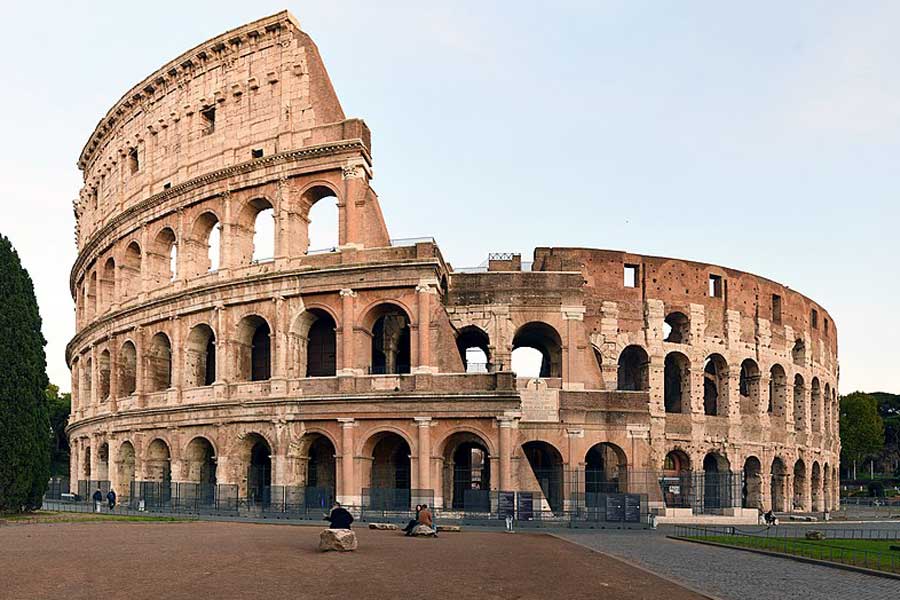When in Rome, do as the Romans did. This seems to be the motto of Airbnb and the Colosseum Archaeological Park, which oversees one of Rome’s most visited tourist attractions. The two have signed a $1.5 million deal to offer 16 tourists a chance to unleash their inner gladiators by donning armour and duelling it out in the ancient arena. But before modern-day gladiators can veni, vidi, vici, they may have to battle it out with irate Romans protesting the transformation of a historic site into a Disneyesque theme park. And Rome is not alone in its outrage at the ‘Disneyfication’ — a catch-all phrase for kitsch commercialisation — of heritage sites. Indians got a taste of such a practice earlier this year when a proposal to build a fine-dining restaurant inside the southern gate of Humayun’s Tomb and a café atop the western entry gate came to light. This was part of the Centre’s ‘Adopt a Heritage’ scheme, which, like the tie-up between Airbnb and the Colosseum Archaeological Park, adopts the public-private partnership approach to conserving historic sites.
The idea of directing corporate social responsibility funds towards heritage conservation is noble. But should companies be allowed to generate profit from their support for conservation? Would this not only defeat the purpose of CSR but also lead to the commodification of heritage? Corporates alone are not to be blamed. Even the government’s model of generating funds for heritage sites can at times end up being exclusionary. Take, for instance, the light and sound show at the Red Fort, the tickets for which are priced at Rs 1,500. The pricing, too steep for many Indians, has led to concern that the unthinking pursuit of a commercial template for the upkeep of heritage structures may make these edifices inaccessible to a large number of visitors. Would that not undermine the public character of national heritage?
Herein lies the crux of the problem. History and heritage belong to the people. The purpose of conservation is to ensure that this culture of collective belonging is passed down through generations to preserve the public character of these structures. But conservation is also stupendously expensive and funds, especially with the withdrawal of the State as a source of capital, are increasingly being pooled from commercial entities that are naturally, interested in profiteering from their investments in heritage conservation. The key is perhaps the adoption of a middle path. The involvement of corporations in conservation may be inevitable; even necessary. But such enterprises must prioritise aesthetics and a certain kind of ethical sensibility over their love for monetary returns. For instance, the preferred strategy of charging tourists a fee to enter a city or a heritage precinct will only make them feel more entitled to get their money’s worth; such a mercenary attitude can be detrimental to heritage conservation. What could be pursued, along with encouragement for private — ethical — initiatives in heritage conservation are public-funded initiatives for the same purpose. After all, the public ownership of heritage mandates a deeper engagement between the people and history. The malaise of indifference towards the past, evident from the desecration of monuments by the very people who should be conserving it, is a formidable obstacle that needs to be battled in this context.











